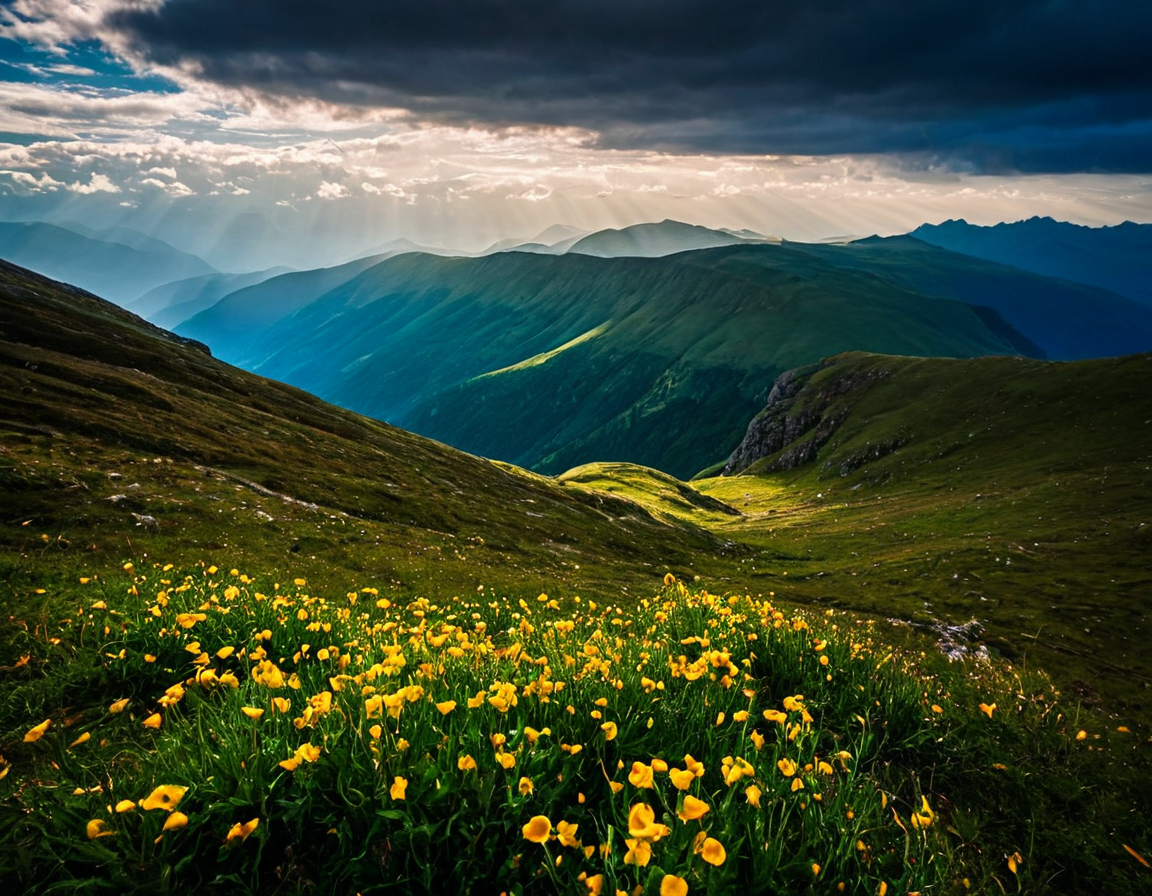Avoid These 10 Ket Lens Landscape Mistakes

The Pitfalls of Kit Lens Landscapes: Avoiding Common Mistakes for Stunning Results
As a landscape photographer, having the right tools is crucial for capturing breathtaking images. However, relying solely on a kit lens can lead to subpar results due to its limitations. In this article, we’ll delve into 10 common mistakes to avoid when shooting landscapes with a kit lens and provide practical solutions to elevate your craft.
Understanding Kit Lens Limitations
A kit lens, typically an 18-55mm or 24-105mm lens, is designed for beginners and travel photography. While it’s not ideal for landscape photography, it can still produce decent results if used correctly. However, its limitations become apparent when trying to capture wide-angle shots with low distortion.
Mistake #1: Insufficient Focal Length
Kit lenses often struggle to provide the necessary focal length for landscape photography. This can result in a narrow field of view, which may not be suitable for capturing expansive vistas. To avoid this, consider using a prime lens or a zoom lens that covers a wide range.
Mitigating Distortion
Distortion is a significant issue with kit lenses, particularly when shooting wide-angle shots. To minimize distortion:
- Use the lens’s built-in correction modes (if available)
- Shoot in RAW to allow for more flexibility during post-processing
- Utilize external correction software or plugins
Managing Depth of Field
Kit lenses often struggle to maintain a deep depth of field, leading to an unflattering bokeh. To achieve a more professional-looking result:
- Use aperture prioritization (small apertures) to ensure sufficient depth of field
- Shoot during the golden hour or overcast conditions to reduce harsh shadows and highlights
Mitigating Camera Movement
Camera movement can be a significant issue when shooting kit lenses, particularly when using long exposures. To minimize camera shake:
- Use a sturdy tripod or monopod
- Employ image stabilization (if available)
- Shoot during the calmest conditions possible
Managing White Balance and Color Temperature
Kit lenses often struggle to accurately capture the nuances of color temperature and white balance. To achieve more accurate results:
- Use a gray card or a color chart to calibrate your camera’s white balance
- Shoot in RAW to allow for more flexibility during post-processing
- Utilize external lighting equipment (if necessary)
Mitigating Over-Processing
Kit lenses can be prone to over-processing, resulting in an unnatural look. To avoid this:
- Use image editing software judiciously
- Avoid over-sharpening or applying excessive noise reduction
- Shoot in RAW to allow for more flexibility during post-processing
Mitigating Post-Processing Time
Kit lenses often require extensive post-processing to achieve professional-looking results. To minimize post-processing time:
- Shoot in RAW to allow for more flexibility during editing
- Utilize automation tools or presets (if available)
- Outsource post-processing tasks to professionals (if necessary)
Mitigating Camera Fatigue
Kit lenses can be physically demanding, particularly when shooting for extended periods. To minimize camera fatigue:
- Take regular breaks to rest your hands and eyes
- Use ergonomic grips or accessories to reduce discomfort
- Consider using a remote shutter release or camera timer
Conclusion and Call to Action
Shooting landscapes with a kit lens requires finesse, patience, and practice. By understanding the limitations of these lenses and implementing practical solutions, you can elevate your craft and produce stunning results. Remember, it’s essential to focus on the fundamentals of photography, including composition, lighting, and post-processing.
As you continue to grow as a photographer, consider exploring wider-angle lenses or prime lenses that cater to your specific needs. The right tools can make all the difference in capturing breathtaking landscapes.
Tags
landscape-photography kit-lens-guide avoiding-mistakes capturing-wildlife improving-image-quality
About Sarah Davis
Photography enthusiast & expert Sarah Davis helps creative photographers refine their craft through inspiring tutorials, innovative tools, and actionable tips on lentecreativa.com.
